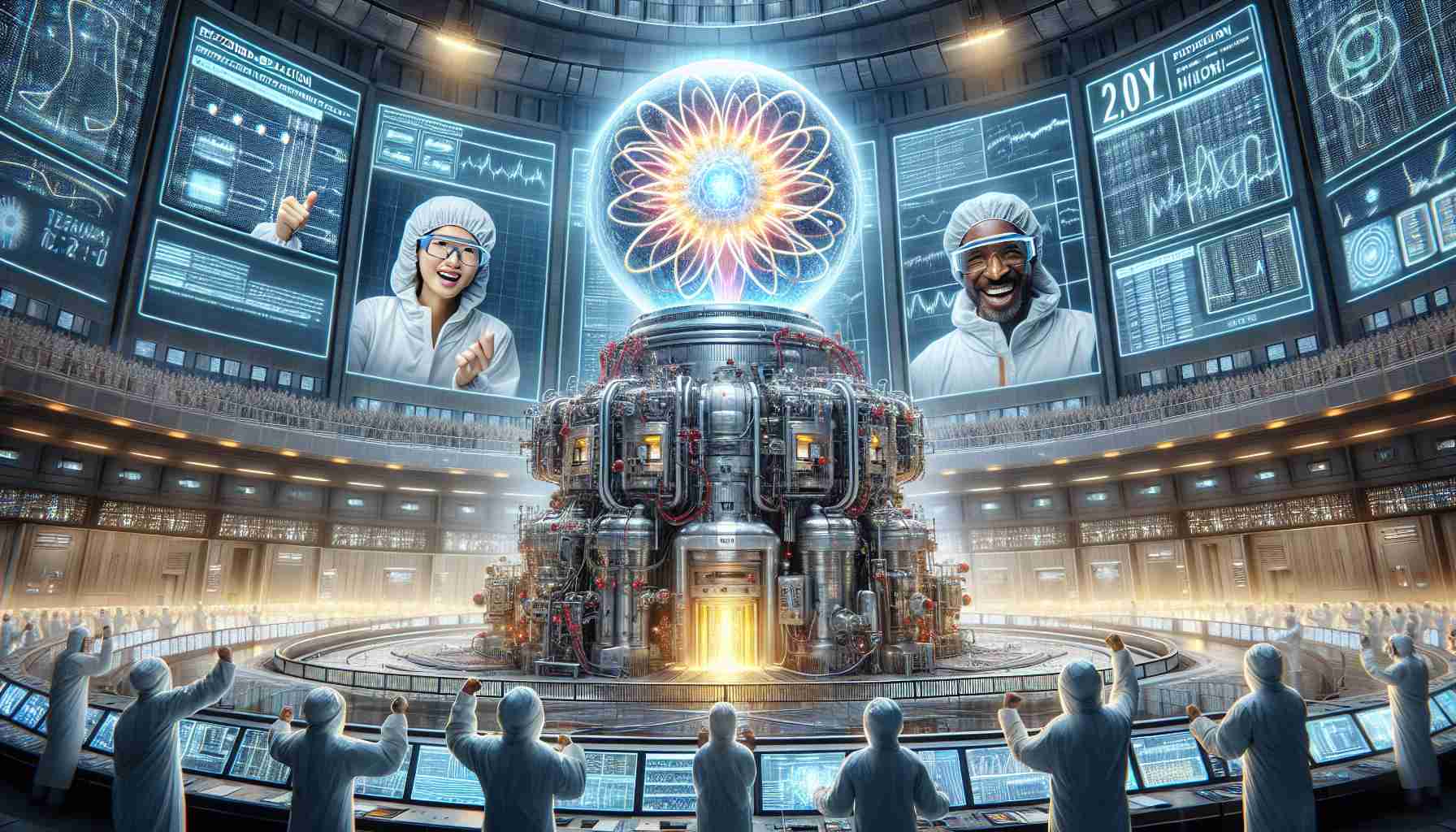Italy’s government is gearing up to potentially revive its nuclear energy program, aiming to initiate the policy framework by the end of January. This plan centers on implementing a comprehensive law that will lay the groundwork for the country’s civil nuclear industry, ensuring rigorous safety standards are met.
The government’s focus is particularly on developing small modular reactors (SMRs), which are designed for quicker construction and easier scalability. Unlike traditional reactors, these smaller units can be produced in factories and transported to their locations, providing a flexible and cost-effective alternative for energy generation.
Not only does the government hope to reduce energy costs, but it also seeks to aid in decarbonization efforts. However, the process of establishing the necessary regulations is projected to be lengthy, potentially taking up to two years. Another significant hurdle remains public skepticism, which, despite some decline, continues to pose a challenge.
Historically, Italy had embraced nuclear energy before shutting down its plants in 1990 due to a national referendum influenced by the Chernobyl disaster. More recently, an initiative to reintroduce nuclear power gained traction, fueled by a petition that garnered over 73,000 digital signatures.
The campaign highlighted strong support among younger Italians, while participation from women was notably lower. The success of this initiative, coupled with Italy’s rich history in nuclear engineering, suggests a future where nuclear power could once again play a vital role in the country’s energy landscape.
The Broader Implications of Italy’s Nuclear Energy Revival
Reviving Italy’s nuclear energy program carries profound implications for both national and global contexts. Politically, this movement reflects a paradigm shift towards energy independence, positioning Italy to take control of its energy future amid a fluctuating global energy market. As countries grapple with energy security, Italy’s potential investment in nuclear power could inspire similar initiatives across Europe, potentially reshaping the continent’s energy landscape.
Economically, the introduction of small modular reactors (SMRs) may catalyze innovation and job creation in the technology sector. The production of nuclear reactors in factories not only lowers costs but also accelerates infrastructure development, providing a boost to local economies. As nations strive for decarbonization, Italy’s endeavor aligns with global targets to reduce greenhouse gas emissions, making its nuclear program not just a national project but a contributor to global environmental sustainability.
From an environmental perspective, nuclear energy is a low-carbon source that can significantly reduce reliance on fossil fuels. This transition could help Italy meet its climate goals while increasing resilience against climate change. Nevertheless, Italy must navigate public sentiment regarding nuclear safety and waste storage, critical factors in shaping future energy policies.
As nuclear technology evolves, trends toward safer and more efficient reactors emerge, suggesting a long-term significance that extends far beyond Italy’s borders, potentially influencing global energy strategies for decades to come.
Italy’s Nuclear Energy Renaissance: What You Need to Know
Italy’s Nuclear Energy Revival
Italy is gearing up to potentially revive its nuclear energy program, with plans to establish a comprehensive framework by the end of January. This ambitious endeavor to reintroduce nuclear energy focuses on developing a robust civil nuclear industry while ensuring that stringent safety standards are adhered to.
Key Features of the Revival Plan
– Small Modular Reactors (SMRs): At the forefront of Italy’s plans is the goal of developing small modular reactors (SMRs). These reactors are designed for rapid construction and are more easily scalable compared to traditional nuclear reactors. Their unique manufacturing process allows them to be produced in factories and transported to various sites, making them a flexible and cost-effective option for energy generation.
– Decarbonization Goals: The Italian government aims not only to reduce energy costs but also to support the European Union’s strong emphasis on decarbonization. The reintroduction of nuclear power is seen as a strategic move toward achieving sustainability and environmental goals.
Implementation Timeline and Challenges
The process of establishing the necessary regulations for the nuclear energy revival in Italy is expected to be lengthy, potentially taking up to two years. In addition to regulatory challenges, public skepticism remains a significant hurdle. While there has been a slight decline in opposition to nuclear energy among the populace, many Italians remain wary.
Historical Context
Historically, Italy has a complex relationship with nuclear energy. The country embraced nuclear power until 1990, when a national referendum—heavily influenced by the Chernobyl disaster—led to the decision to shut down operational nuclear plants. Recently, however, a growing movement to reintroduce nuclear energy has emerged, highlighted by a petition that attracted over 73,000 digital signatures. This campaign has particularly resonated with younger generations, while support among women has shown to be comparatively lower.
Pros and Cons of Italy’s Nuclear Energy Revival
Pros:
– Reduction in energy costs.
– Support for national decarbonization efforts.
– Increased energy security through local production.
– Job creation in engineering and construction sectors.
Cons:
– Long regulatory timeline potentially delaying implementation.
– Ongoing public skepticism and concerns about safety.
– High initial costs for building infrastructure.
Future Predictions and Market Insights
As Italy prepares to relaunch its nuclear energy program, several trends may shape the future of the energy sector:
– Increased Investment: With global moves towards sustainability, investments in nuclear energy technologies, especially in SMRs, are likely to grow.
– Public Education: There may be increased efforts to educate the public on the safety and benefits of nuclear energy to combat skepticism.
– Technological Innovations: Italy’s resurgence in nuclear energy could lead to advancements in reactor safety and efficiency, informed by ongoing research and historical engineering expertise.
Conclusion
Italy’s re-engagement with nuclear energy presents both opportunities and challenges. If successful, nuclear power could play an integral part in the modernization of Italy’s energy landscape, contributing to economic growth and sustainability. This revival echoes the broader European trend of reassessing nuclear energy’s role in combating climate change while ensuring energy independence.
For more insights on Italy’s energy strategies, visit Italy’s Official Government Site.
The source of the article is from the blog publicsectortravel.org.uk



